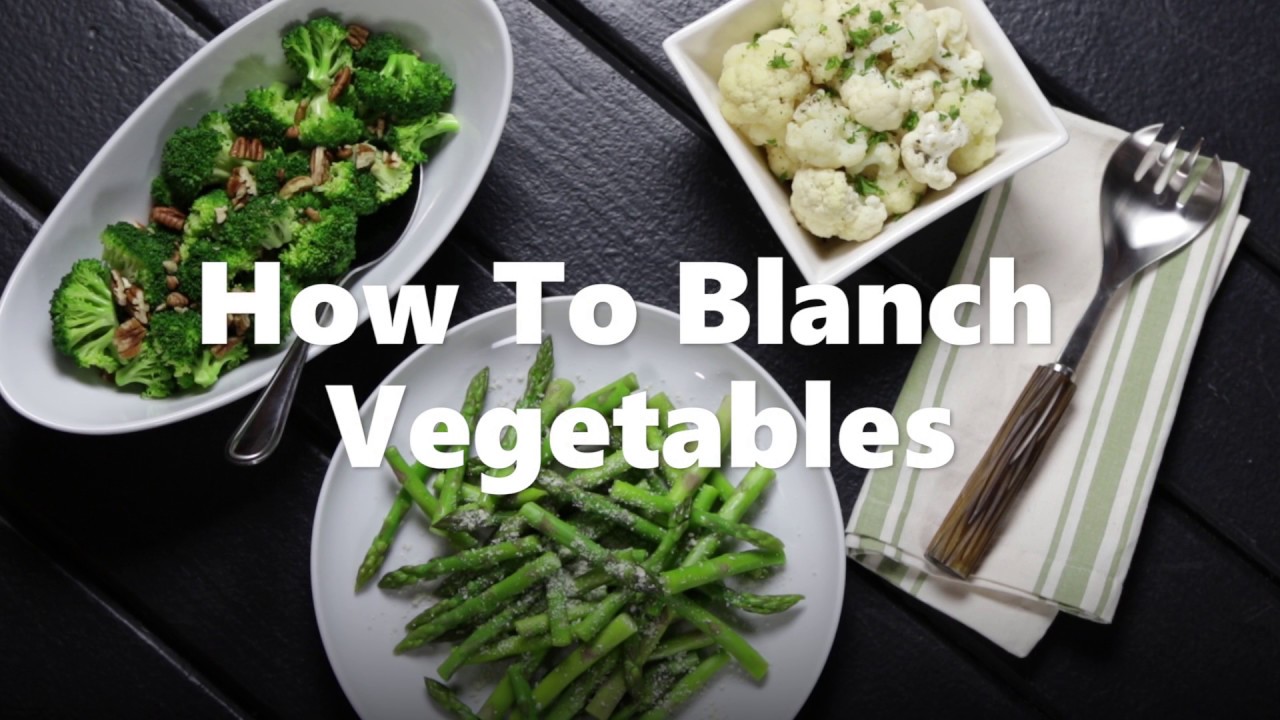Blanching is a culinary technique that plays a pivotal role in the kitchen. At its core, blanching involves the brief immersion of food items, typically vegetables and fruits, into boiling water followed immediately by cooling in an ice-cold bath. This process serves a multitude of purposes: from preserving the vibrant hues of greens to making freezing more effective and even simplifying the peeling of certain produce. While blanching may seem simple, understanding its principles and techniques is essential for chefs and home cooks alike to ensure the quality of their dishes and the preservation of their ingredients. In this guide, we will delve into how to properly blanch vegetables, and process, offering tips and insights to ensure you blanch vegetables to perfection every time.
What do you need for blanching vegetables?
Blanching vegetables is a simple process, but having the right tools and preparation can make the procedure smoother and more efficient. Here’s a list of what you’ll need to blanch vegetables effectively:
Vegetables: Fresh and properly cleaned. If you’re using vegetables from your garden or the farmers’ market, make sure to wash them thoroughly to remove any dirt or pests.
Large Pot: A pot that’s large enough to hold the vegetables and provide ample room for boiling water. This ensures even and rapid cooking.
Water: Enough to cover the vegetables completely when they’re added to the pot.
Slotted Spoon or Tongs: Useful for quickly removing the vegetables from boiling water and transferring them to the ice bath.
Large Bowl: For the ice bath. The bowl should be large enough to hold both the vegetables and the ice water.
Ice: Lots of it, to quickly cool down and halt the cooking process of the vegetables after they’ve been blanched.
Colander or Strainer: To drain the vegetables after removing them from the ice bath.
Timer or Clock: Precision is key. Different vegetables require different blanching times, so a timer will help ensure you don’t over or under-blanch.
Sharp Knife and Cutting Board (if needed): Some vegetables may need to be sliced or chopped before blanching.
Salt (optional): Some people prefer to add salt to the boiling water to enhance flavor. However, this step is optional.
Kitchen Towel or Paper Towels: Useful for drying vegetables if necessary after draining.
Freezer Bags or Containers (if freezing): If you’re blanching vegetables as a preparatory step for freezing, you’ll need appropriate storage containers or bags.
Procedure

Blanching is a technique in which vegetables are briefly cooked in boiling water and then immediately plunged into cold water to stop the cooking process. This helps to retain the vibrant color, reduce enzymes that can cause deterioration, and improve the texture. Here’s a step-by-step guide for various blanching purposes:
Prepare the Vegetables: Wash and chop the vegetables as desired.
Boil Water: Fill a large pot with water and bring it to a rolling boil.
Salt the Water (optional): Some people like to add salt to the boiling water, but it’s optional.
Blanch the Vegetables: Once the water is boiling, add the vegetables. The time varies based on the vegetable:
-
- Green beans: 2-4 minutes
- Broccoli florets: 1-2 minutes
- Carrots (sliced): 2-5 minutes
- Asparagus: 2-4 minutes
- Peas: 1-2 minutes (These are general guidelines. Times can vary based on the size of the cut and the desired texture.)
Ice Bath: While the vegetables are blanching, prepare a large bowl of ice water. As soon as the vegetables have been blanched, remove them from the boiling water with a slotted spoon and immediately plunge them into the ice water to stop the cooking process.
Drain: Once cooled, drain the vegetables and pat them dry.
How to Blanch Vegetables for Fish
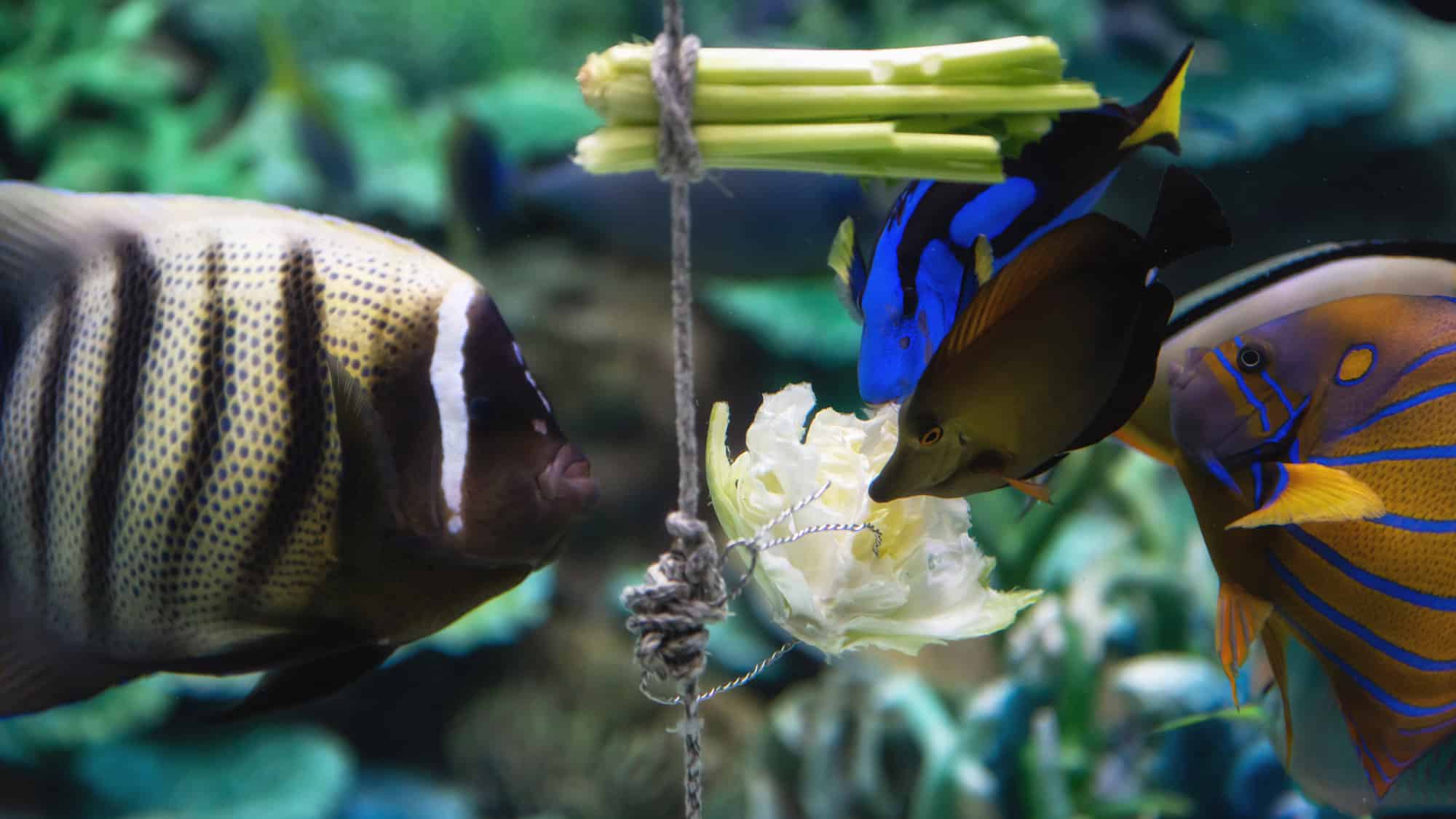
If you’re preparing vegetables to feed to aquarium fish, the process is similar. The purpose here is to soften the vegetables making them easier for fish to eat and digest.
Cut the vegetables into sizes suitable for your fish.
Follow the same blanching process described above, but you might want to blanch them a bit longer to ensure they’re soft enough for the fish.
Should You Blanch Vegetables Before Grilling?

Blanching can be beneficial before grilling as it ensures even cooking, especially for denser vegetables that might take longer to grill. For instance, vegetables like carrots or whole baby potatoes can be blanched beforehand to reduce grilling time and ensure they’re cooked through.
It’s not necessary for all vegetables. Vegetables like bell peppers, zucchini slices, or asparagus can be grilled directly.
How Do You Blanch Frozen Vegetables?
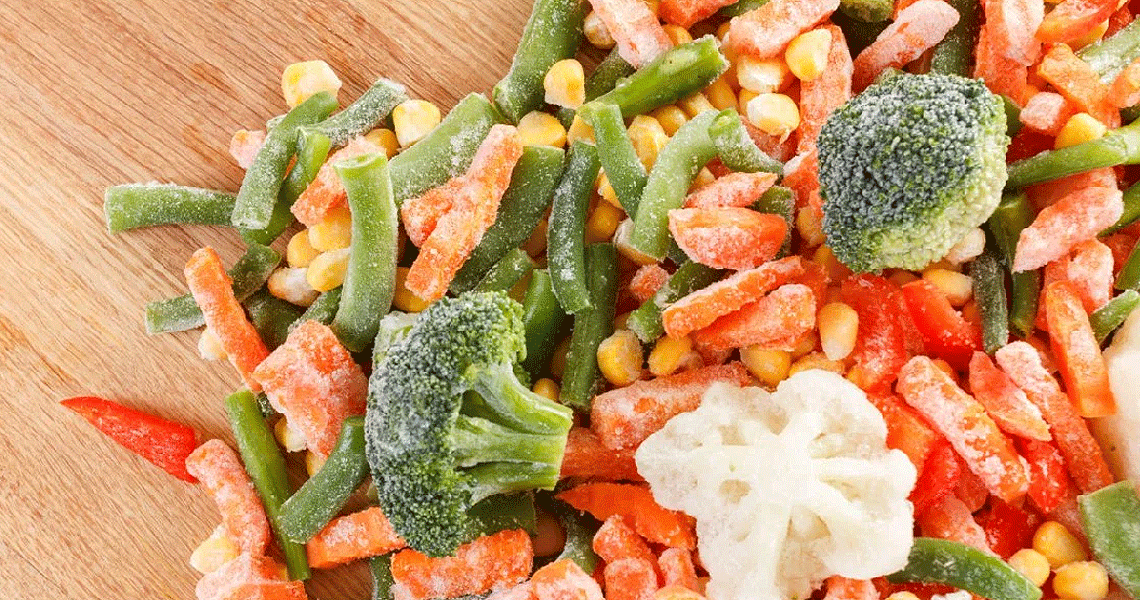
The process is similar to blanching fresh vegetables. However, since frozen vegetables are often pre-blanched before freezing, they require less time in boiling water.
Bring a pot of water to a boil.
Add the frozen vegetables directly to the boiling water without thawing.
Boil for half the time recommended for fresh vegetables.
Immediately transfer to an ice bath, drain, and use as desired.
Benefits of Blanching:

Color Retention: Vegetables like green beans or broccoli can lose their vibrant color when cooked for long periods. Blanching helps in retaining the bright color.
Texture: Blanching can soften vegetables, making them more palatable without making them overly mushy.
Safety: Blanching can kill bacteria and other microorganisms on the surface of vegetables.
Freezing: If you’re planning to freeze vegetables, blanching is an essential step. It reduces the action of enzymes that can degrade the quality of the vegetable over time in the freezer.
Tips for Successful Blanching:
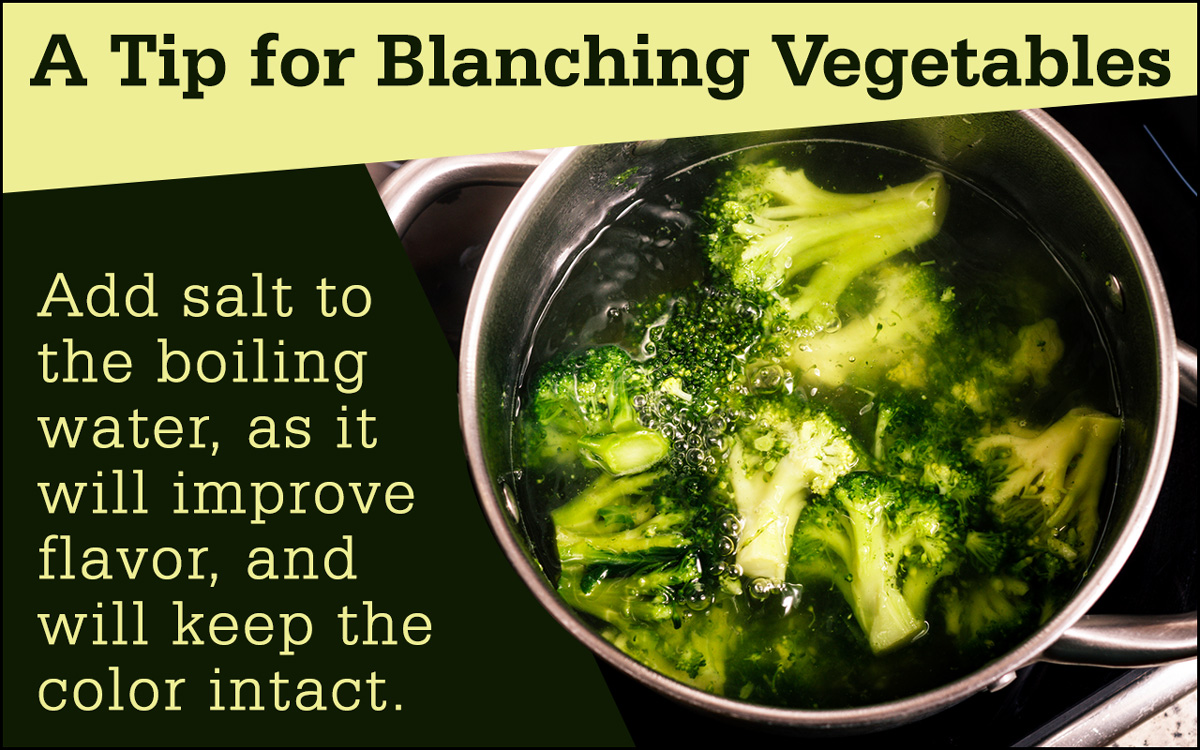
Use Enough Water: Ensure that you have enough boiling water to cover the vegetables completely. This ensures even cooking.
Stir Occasionally: Especially if you’re blanching a large batch, stirring ensures that all parts of the vegetables get equal exposure to the boiling water.
Timing is Crucial: Over-blanching can make the vegetables lose nutrients and become too soft. Under-blanching can stimulate enzyme activity instead of slowing it down, especially if you’re preparing vegetables for freezing.
Cool Completely: After transferring vegetables to the ice bath, ensure they cool down completely before draining. This is especially important if you’re going to freeze them, as it prevents the formation of ice crystals.
Drying Before Freezing: If you’re blanching vegetables as a pre-step to freezing, ensure they are thoroughly dried after the ice bath. Excess moisture can lead to freezer burn.
Variations and Advanced Techniques:
Steam Blanching:
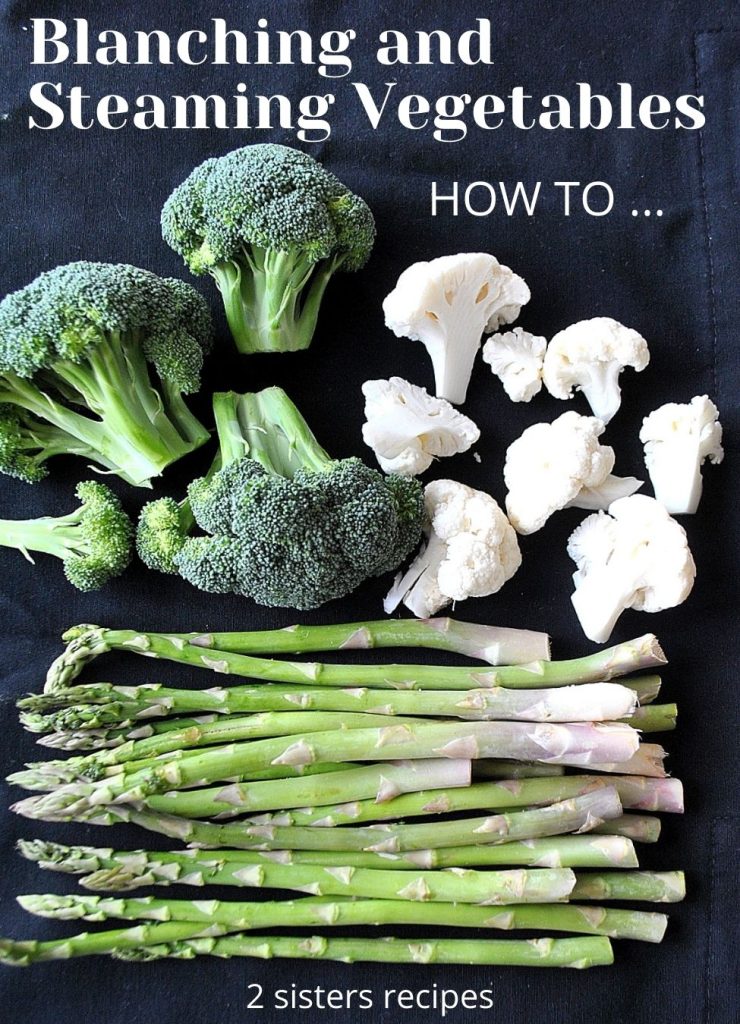
Instead of boiling water, some prefer to steam vegetables. This is especially popular for delicate vegetables or those prone to getting waterlogged. To steam blanch, use a steamer or a pot with a tight-fitting lid and a basket that holds the food at least three inches above the bottom of the pot. Fill the pot with one or two inches of water and bring to a boil. Place the vegetables in the basket in a single layer so that steam reaches all parts quickly. Cover the pot and steam. Typically, steaming might take 1.5 times longer than boiling.
Microwave Blanching:

This is less effective than boiling or steam blanching as some enzymes may not be inactivated. This can result in off-flavors and loss of texture and color. If you must blanch in the microwave, place vegetables in a microwave-safe dish, add a small amount of water, and cover with microwave-safe plastic wrap. Cook on high, stirring every minute. Remember, this is not the recommended method for blanching, especially if you’re planning to freeze the vegetables.
Double Blanching:

Some vegetables, especially those with strong flavors or bitterness, can benefit from double blanching. For instance, vegetables like rapini or certain wild greens can have their inherent bitterness reduced by blanching them twice with a change of water in between.
Shocking:
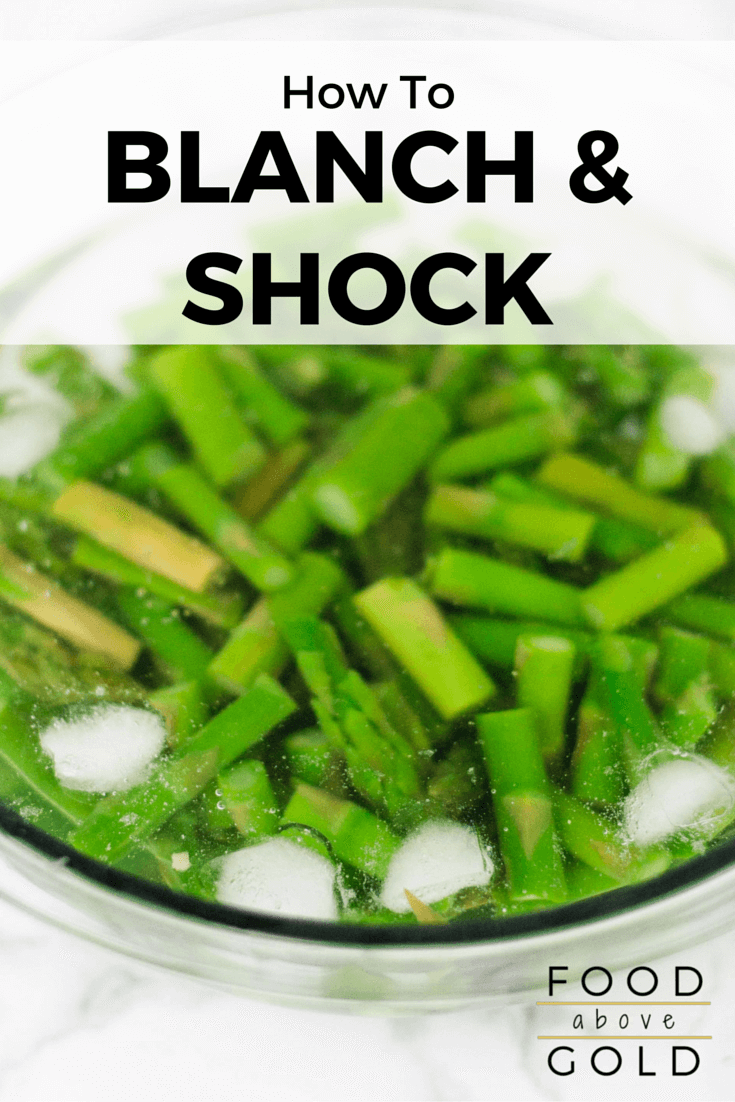
The process of immediately plunging the blanched vegetables into ice water is sometimes referred to as “shocking.” This not only stops the cooking process but also helps set the vibrant color of green vegetables.
Blanching and Skinning:
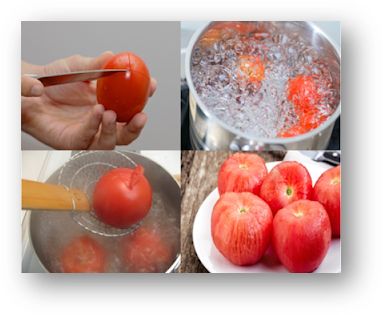
Some vegetables and fruits, like tomatoes and peaches, are often blanched to facilitate skin removal. The skin becomes loose after blanching, making peeling much easier.
Blanching Before Sautéing or Stir-frying:
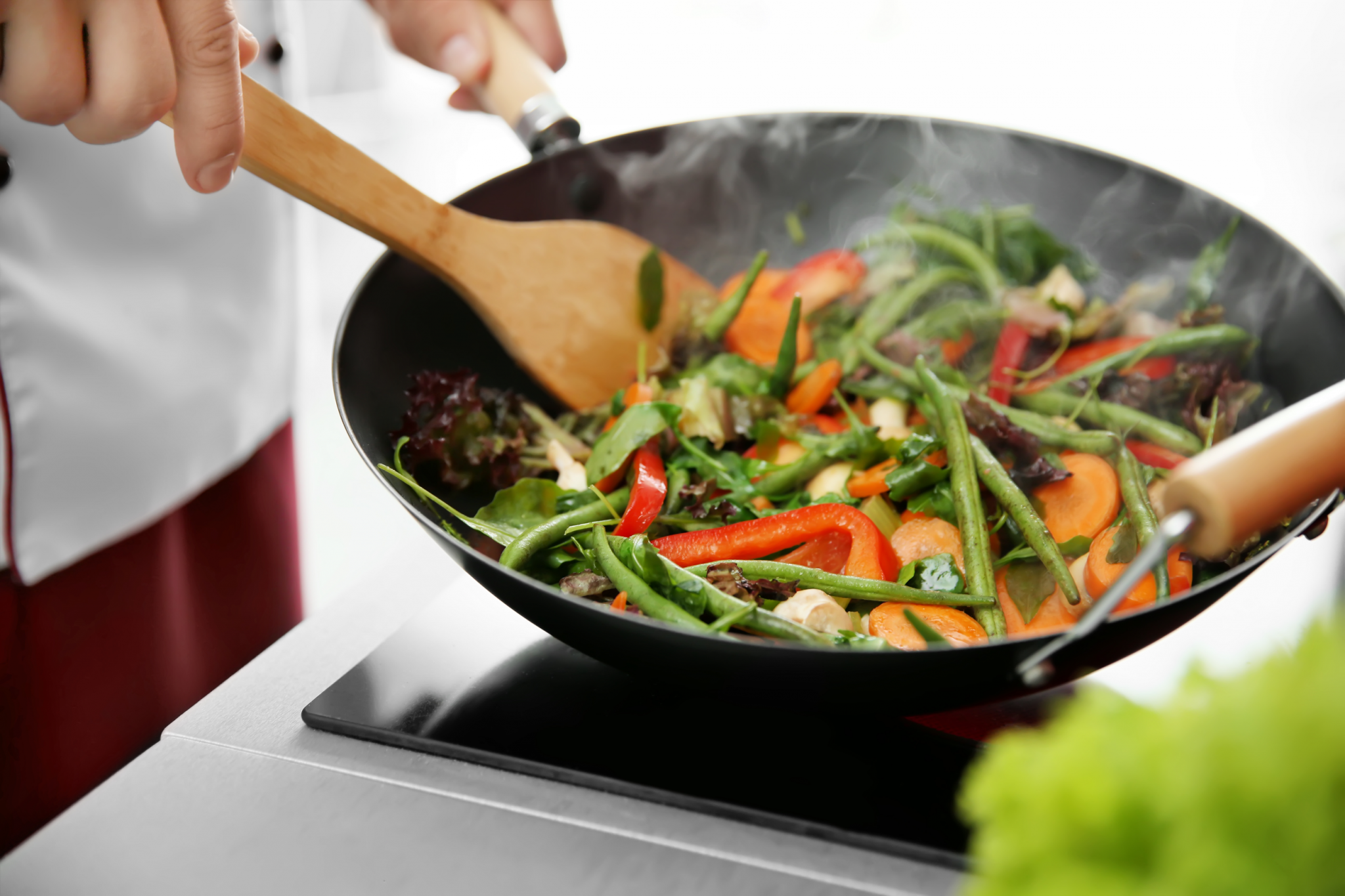
Some dishes benefit from blanched vegetables as a precursor to sautéing or stir-frying. This can shorten the time required to stir-fry, ensuring that all ingredients cook uniformly, especially if you’re dealing with a mix of vegetables with varying cooking times.
Other Uses of Blanching:
Almonds:

Blanching almonds allows for easy removal of their skins. Pour boiling water over the nuts and let them sit for a minute, then drain and rinse with cold water. The skins should slip off easily.
Meats:

Blanching can also be applied to meats, especially in certain Asian cuisines. It’s a technique used to remove impurities from bones or meat before making a broth or soup, ensuring a clear and clean-tasting broth.
Common Mistakes to Avoid:

Overloading the Pot: Adding too many vegetables to a pot can drop the temperature of the water significantly, leading to uneven blanching.
Skipping the Ice Bath: The shocking process in an ice bath is crucial. Without it, the residual heat will continue to cook the vegetables, potentially making them overcooked and mushy.
Not Adjusting for Altitude: If you live at a high altitude, water boils at a lower temperature. You might need to increase blanching time to compensate for this.
Conclusion
Blanching is a fundamental culinary technique that involves briefly submerging vegetables in boiling water followed by an immediate cooling process using an ice bath. This method serves multiple purposes: it preserves vibrant colors, enhances flavor, improves texture, and prepares vegetables for freezing by reducing enzymes that can cause deterioration. When blanching, it’s essential to have the right tools on hand — such as a large pot, slotted spoon, ice, timer, and appropriate storage materials if freezing. While the process is straightforward, attention to detail, such as adhering to the recommended blanching times for specific vegetables, is crucial to achieving optimal results. Mastering this technique can elevate the quality of your dishes and ensure the longevity of stored produce.
